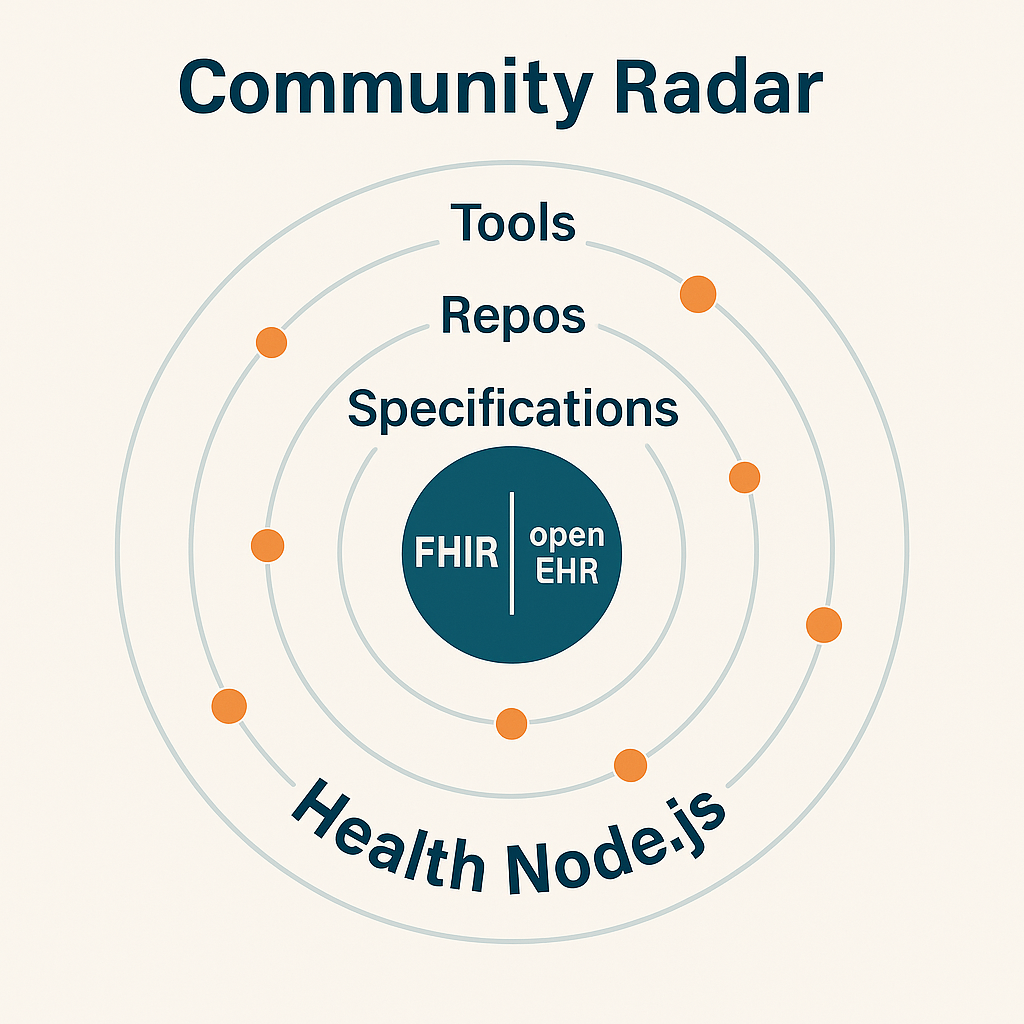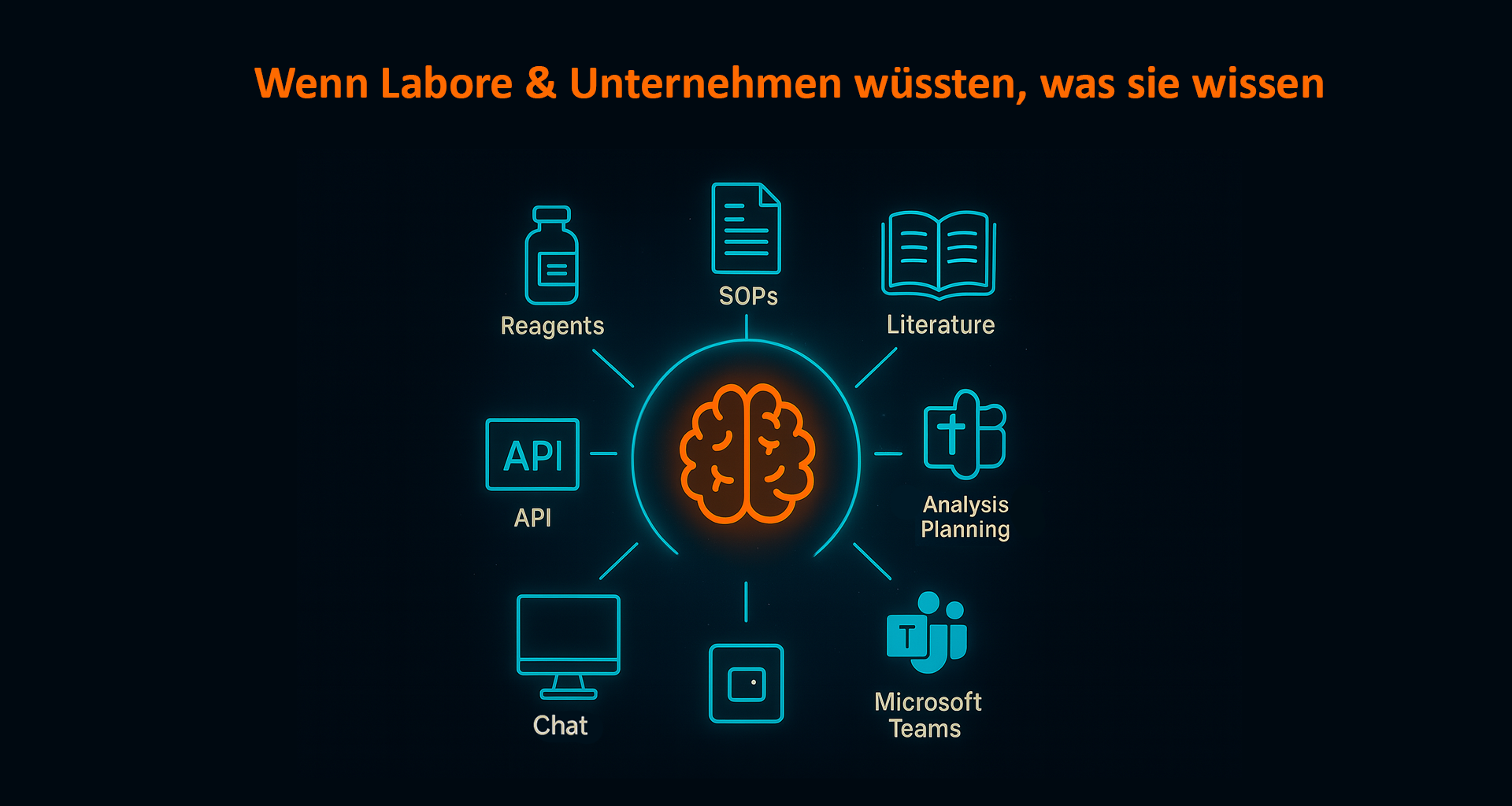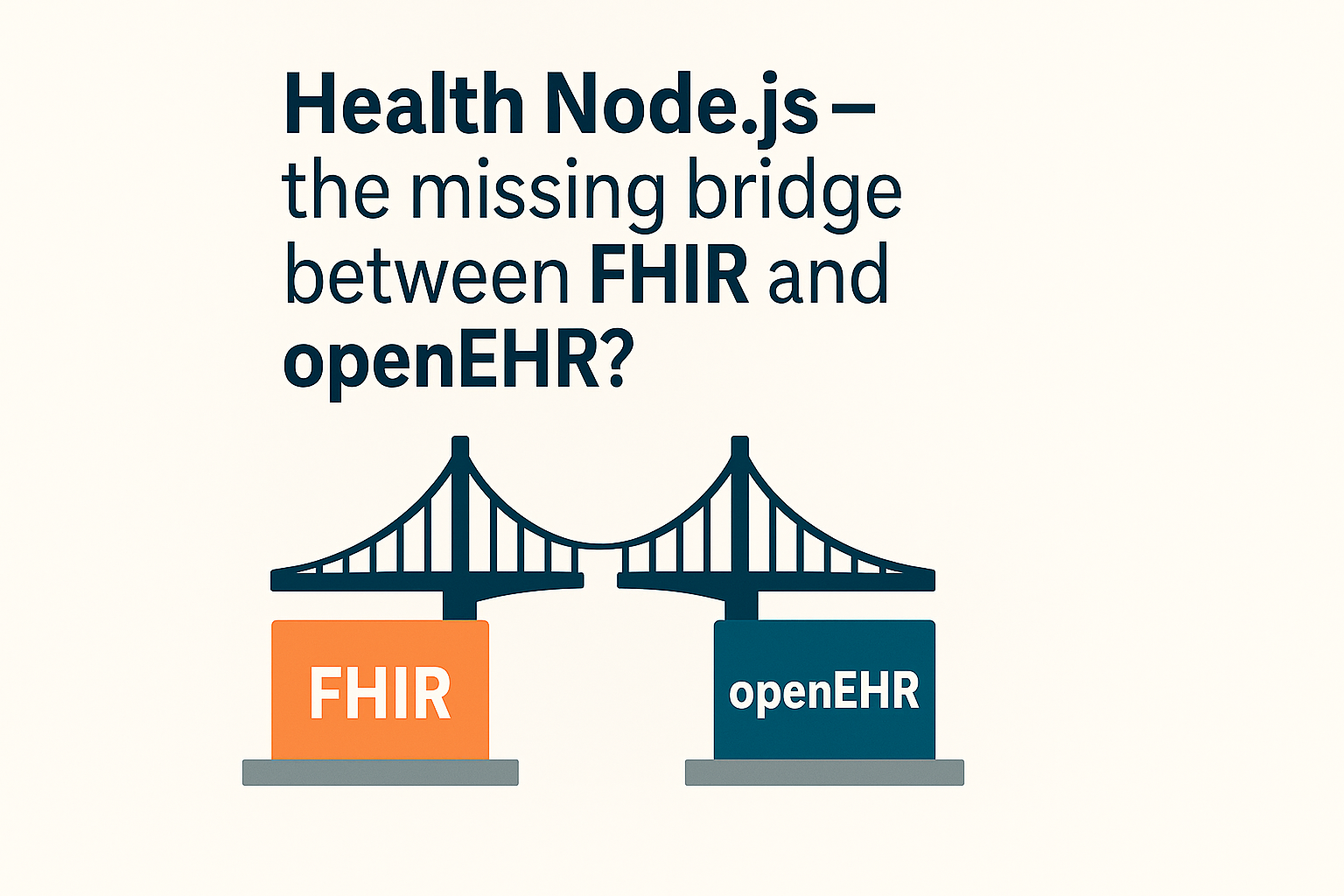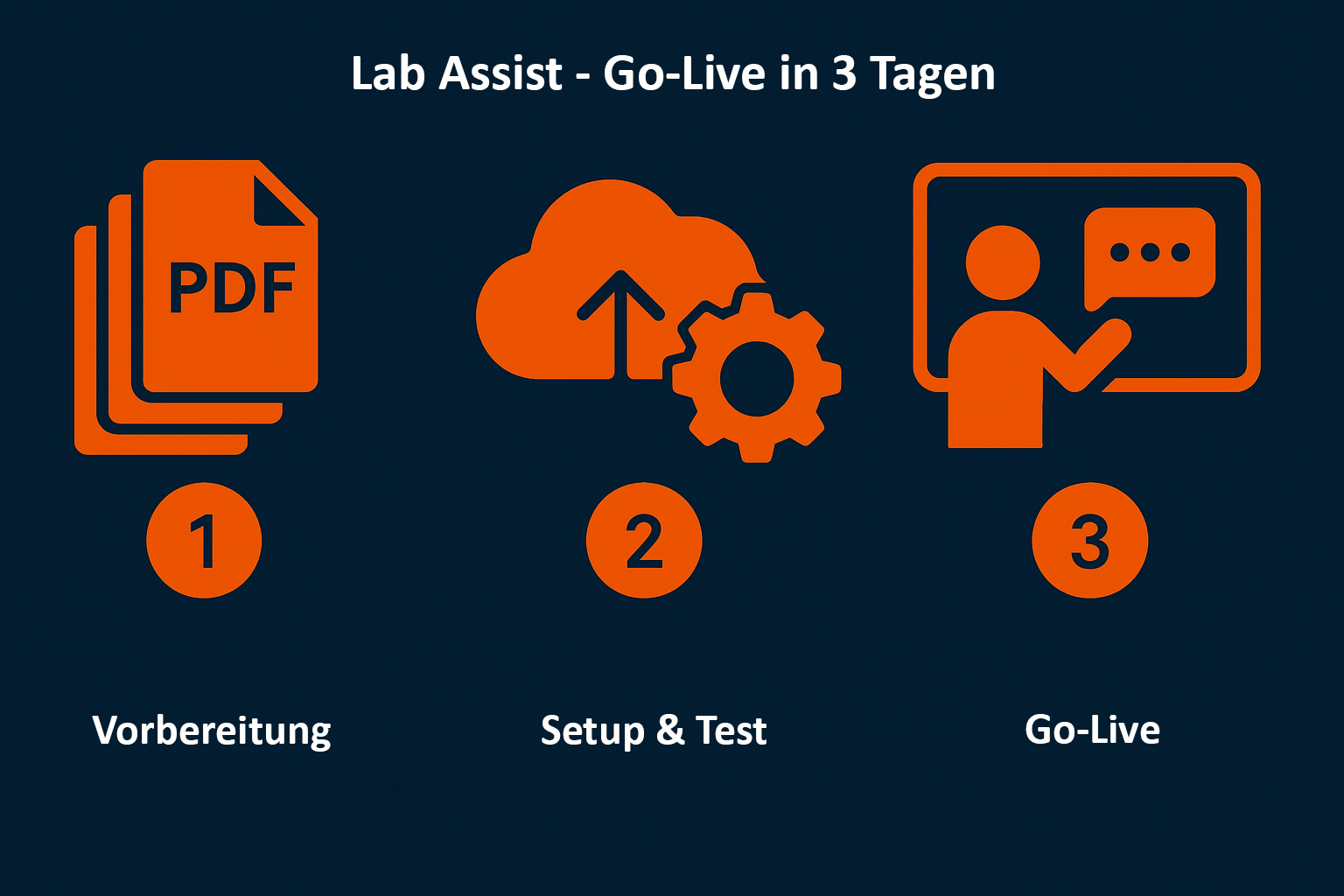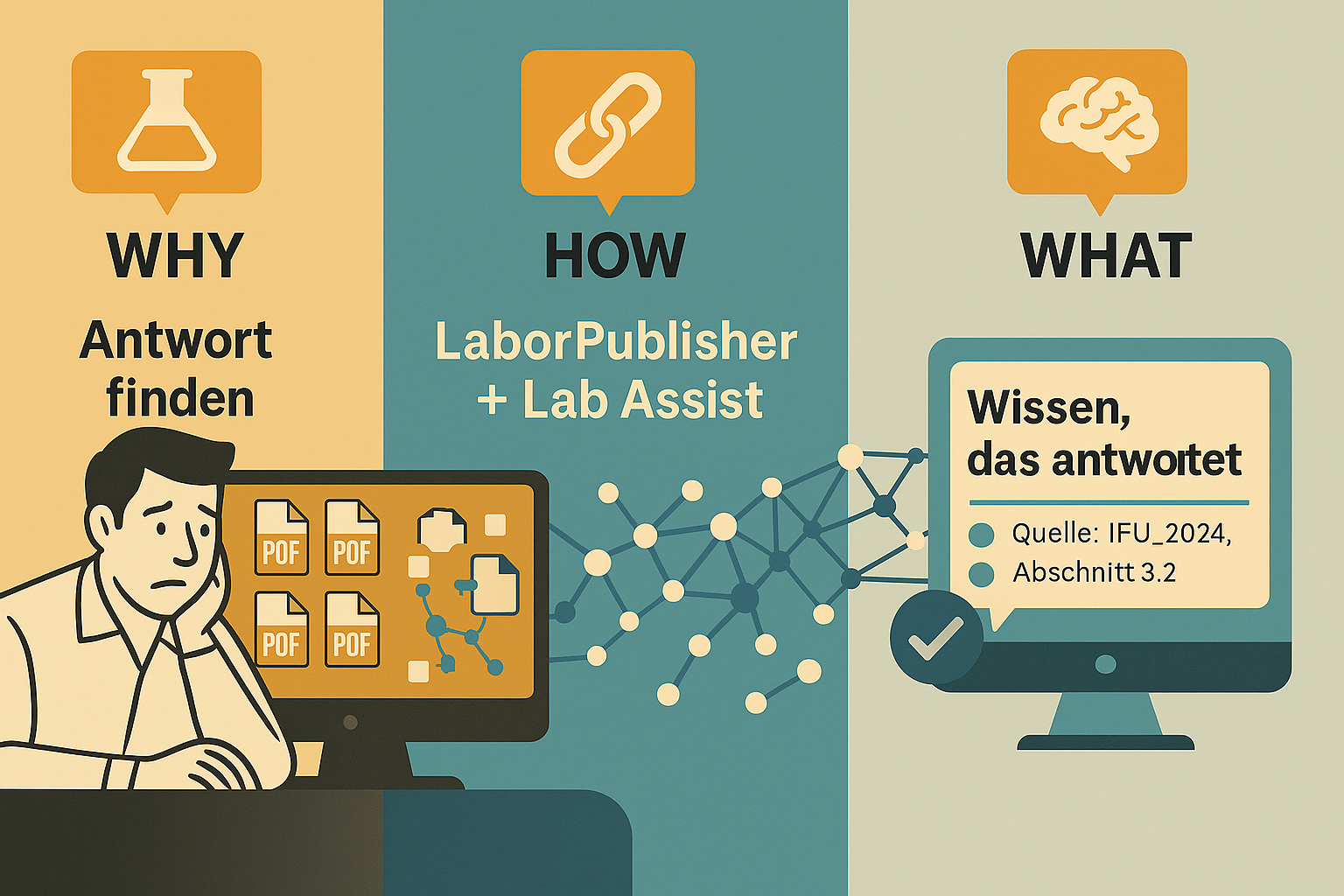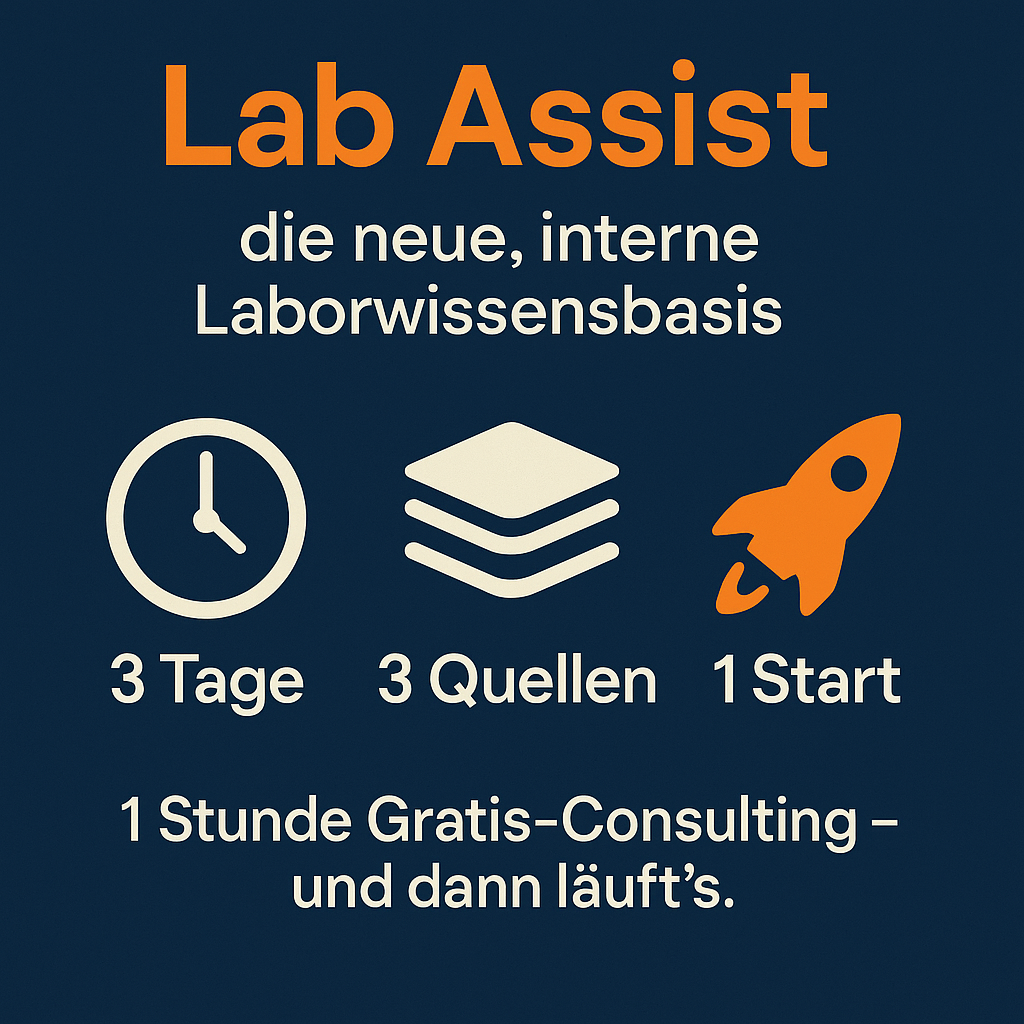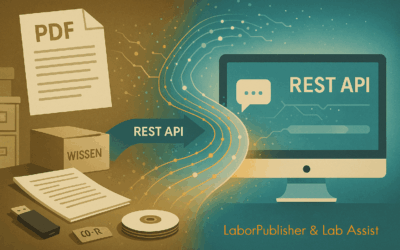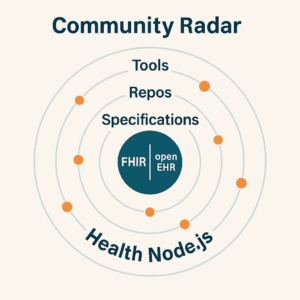 |
Health Node.js in a Postmodern EHR World – What’s Still Missing?
BackstoryTwo weeks ago I asked: The response? Remarkable:
What We Learned1. The gap is real.
2. The community is active – but fragmented. 3. Node.js was a metaphor. Enter: The Postmodern EHRTomaž Gornik recently framed the need for a “Postmodern EHR”:
This is where Health Node.js fits naturally:
What Should Happen Next?Maybe we don’t need a new spec.
As one commenter put it:
To the community: What do you think?
Let’s not just talk about a missing bridge – let’s co-create one. Final Thought
|
Wenn Labore & (Life-Science) Unternehmen wüssten, was sie wissen
🧠 Wenn Labore & Life-Science-Unternehmen wüssten, was sie wissen Wie Lab Assist und LaborPublisher Wissen sichtbar, nutzbar und prüfbar machen In jedem Labor, in jedem MedTech-Unternehmen, in jeder Life-Science-Organisation schlummert wertvolles Wissen –...
Health Node.js – the missing bridge between FHIR and openEHR?
Health Node.js – the missing bridge between FHIR and openEHR? FHIR is widely adopted in many healthcare systems. openEHR is considered one of the most powerful semantic models for structured clinical data.Both serve different purposes, both are open, and both...
Lab Assist – So startet dein automatisiertes Expertenwissen
🧠 Lab Assist – So startet dein automatisiertes Expertenwissen Viele Labore haben Wissen – aber es liegt brach.📄 PDFs. Ordner. CMS-Systeme. Datenbanken. E-Books. Jetzt wird’s smart:Lab Assist macht dieses Wissen nutzbar – im Chat, wie bei ChatGPT.Und das in...
Willkommen im Daten-Labyrinth
🧪 Willkommen im Daten-Labyrinth Wir wollen, dass Wissen lebt – nicht lagert. Dass eine Suchmaske kein Gespräch ersetzt.Dass es nicht reicht, Dokumente und Daten zu speichern, wenn niemand Antworten findet. Deshalb haben wir LaborPublisher mit Lab Assist...
Lab Assist die neue interne Laborwissensbasis
🧠 Lab Assist – die neue, interne Laborwissensbasis Wir machen es einfach:🕐 1 Stunde Gratis-Consulting – und dann läuft’s. 🔹 Projektstart– Gemeinsame Auswahl der Wissensquellen (bis zu 3 Quellen inklusive)– Setup inklusive 🔹 Bereit in 3 Tagen–...
Die Stille hüten – Als unser Wissen noch still war
🧬 „Die Stille hüten“ – Als unser Wissen noch still war Wenn wir etwas wirklich wissen wollen – fragen wir dann die Suchmaske?Oder den Kollegen mit dem phänomenalen Gedächtnis? Jenen, der nicht nur weiß, wo es steht – sondern was es bedeutet. Es war die Zeit der...
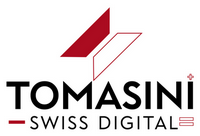
Wir unterstützen sie bei Digitalisierung und Künstlicher Intelligenz Integration.
Kontakt
| office[at]tomasini.swiss | |
| Telefon | +41 76 521 47 61 |
| +41 76 521 47 61 | |
| ————- | —————————- |
| Strasse | Gyrenstrasse 2 |
| PLZ / Ort | 8967 Widen |
| Kanton | Aargau |
| Land | Schweiz |
